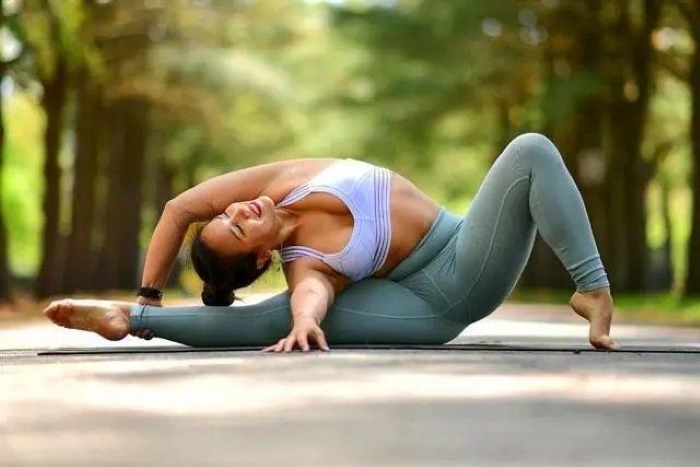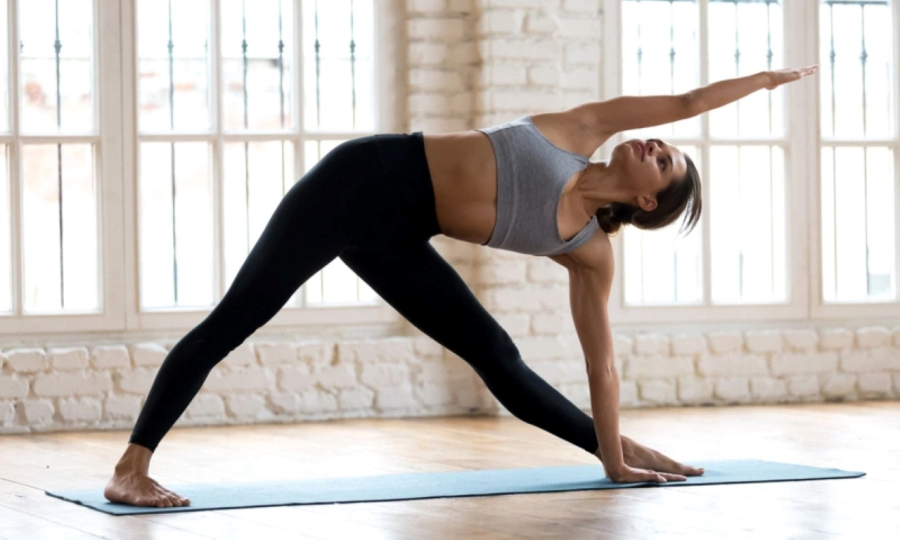Yoga is an excellent full-body exercise for the body and mind. Yoga is especially beneficial for people over 40, especially in these 6 ways:
1. Yoga increases strength

Yoga is an excellent full-body exercise for the body and mind.
There are many weight-bearing exercises in yoga, such as the plank pose, the eagle pose, and the warrior pose. These poses help improve the muscles in the legs, core, and shoulders, while also being a low-impact full-body workout.
2. Yoga increases flexibility
As we age, our muscles and joints become stiffer and less flexible. Yoga provides various stretching movements for the legs, hips, shoulders, arms, and back, which help improve the flexibility of muscles and range of motion of joints.
3. Yoga is good for balance
Maintaining balance is essential for our activities. It also helps us avoid falls. Regularly practicing poses like tree pose, banana tree pose, etc., will show you how yoga benefits balance.
4. Yoga is good for bones
People over 50 face the issue of decreased bone density, which can lead to osteoporosis if not taken care of and addressed in a timely manner. The weight-bearing nature of yoga has been shown to be beneficial for bone density and reducing the risk of osteoporosis in people over 50, especially women.
Studies have shown that just 12 minutes of daily yoga practice has an impact on improving bone density.

Yoga has also been shown to have similar benefits to brisk walking or other similar aerobic exercises.
5. Yoga is good for cardiovascular health
Research has shown that when you combine poses, breath, and meditation in yoga practice, yoga has the effect of reducing heart rate, reducing fast heart rate, improving symptoms of heart failure, improving and lowering high blood pressure.
Yoga has also been shown to have similar benefits to brisk walking or other similar aerobic exercises.
6. Yoga helps reduce anxiety and improve cognitive skills
Traditionally, yoga is practiced as a preparation for meditation. Emphasizing on breath and focusing on the present issue has been proven to be good for the brain. Yoga has been shown to reduce stress, anxiety, depression, improve sleep, and improve overall health.






























